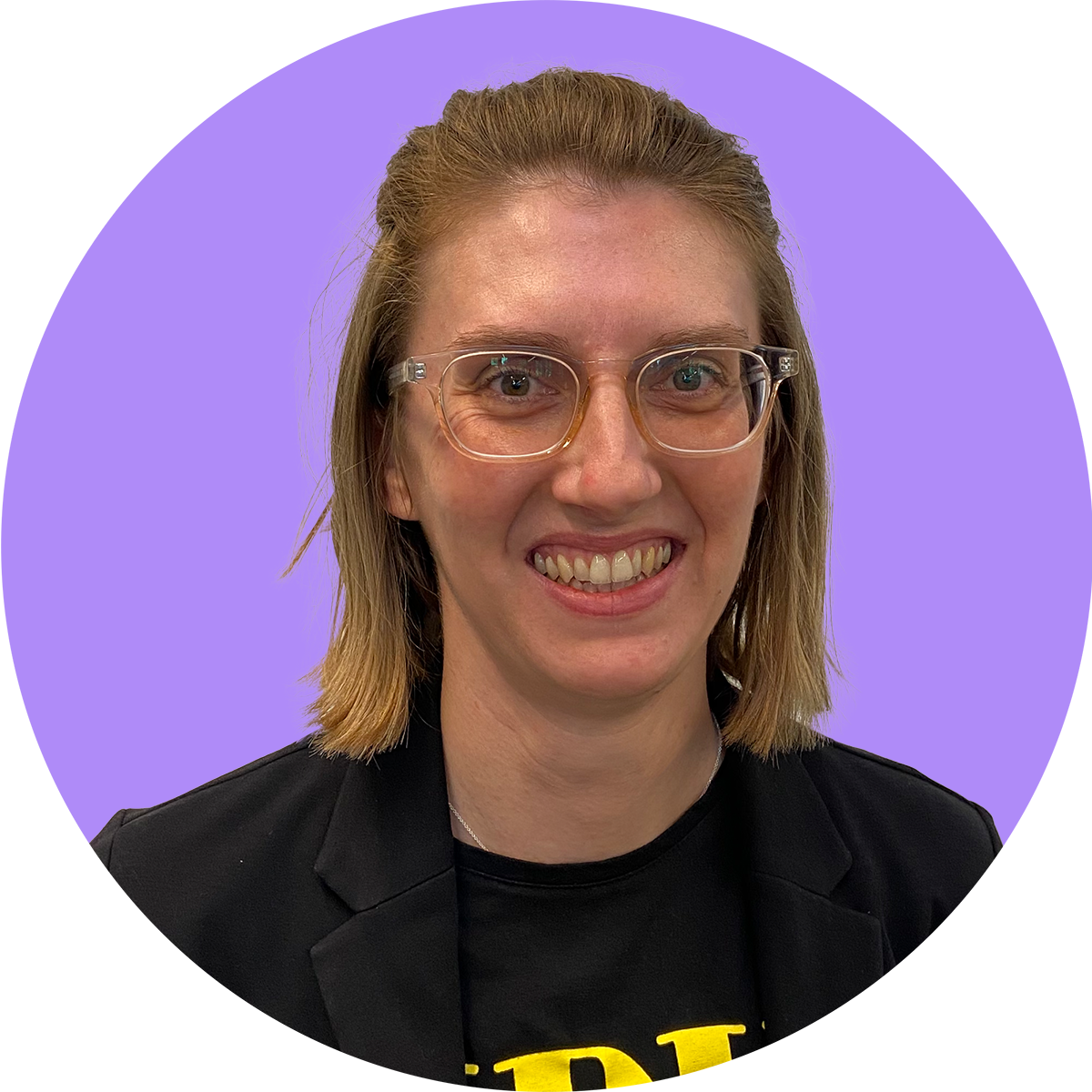When considering complex problems, it's common to look at what technology or digital opportunities might bring to the table as part of the solution.
For Dr Cathy Robinson, she’s also interested in the inverse—how human knowledge shapes technology and digital opportunities to form a more holistic solution.
What this looks like in practice was the topic of our first Future Led of the year. Cathy, who is part of the Responsible Innovation Future Science Platform at the CSIRO, works with Indigenous and remote communities to co-design and deliver ethical solutions for ecological challenges in northern Australia.
“We’re trying to bring humans and technology together, not as partners, but intertwined,” she told us.
“We’re trying to bring solutions that don’t just get you to adopt digital things, tools, or services, but includes local knowledge – and in this case, Indigenous knowledge – to help solve complex problems.”
It was a Future Led discussion that looked a little different to past events, with Cathy asking us just as many questions as we were asking her. While she did tell us more about the Healthy Country AI program that she’s involved with, she also wanted our team to consider how we might start to approach a co-design opportunity like this one.
Because even though co-design is deep within our Liquid bones, our work hasn’t taken us to a Kakadu flood plain just yet.
As Cathy explained: "I've worked with Indigenous people in different parts of Australia to find responsible ways to use digital technology to solve complex challenges.
"Key to this effort is to pay attention to all the risks and opportunities that these problems bring, and how co-design practice can draw on insights from Indigenous knowledge and data to find innovative solutions that fit the local context.
"Because it matters how co-design practice and purpose is done."
Co-design on country in northern Australia means valuing the whole bio-cultural system and the Indigenous knowledge around it, and ensuring the solution is also reflective of that.
And this, Cathy suggested, was not too far from how we might approach any domain.
"We had to have a nuance … that really reflected the bio-cultural landscape. Same as a school, same as a health service. In the same way for the flood plain, we need to think this through.”
We started Future Led so we could share knowledge, reflect on what a positive future looks like, and consider how we might be able to contribute.
The CSIRO’s approach to responsible innovation looks very much like good co-design; work with a diversity of voices and values at every step of the way, and move toward a shared goal that incorporates the best of humans, design thinking and technology.
